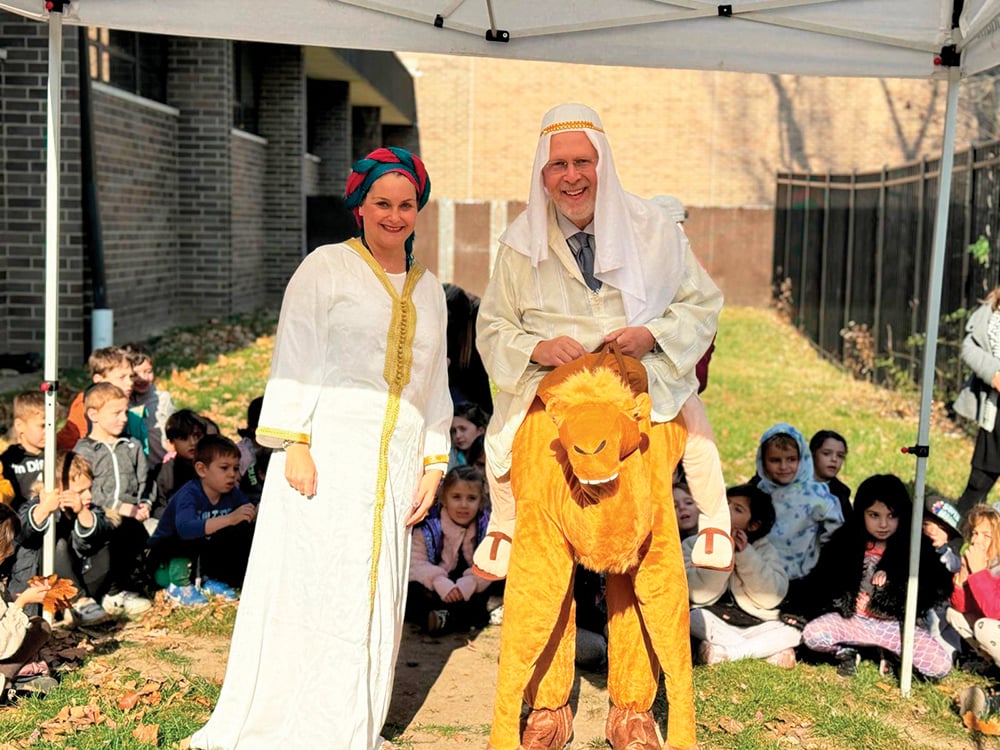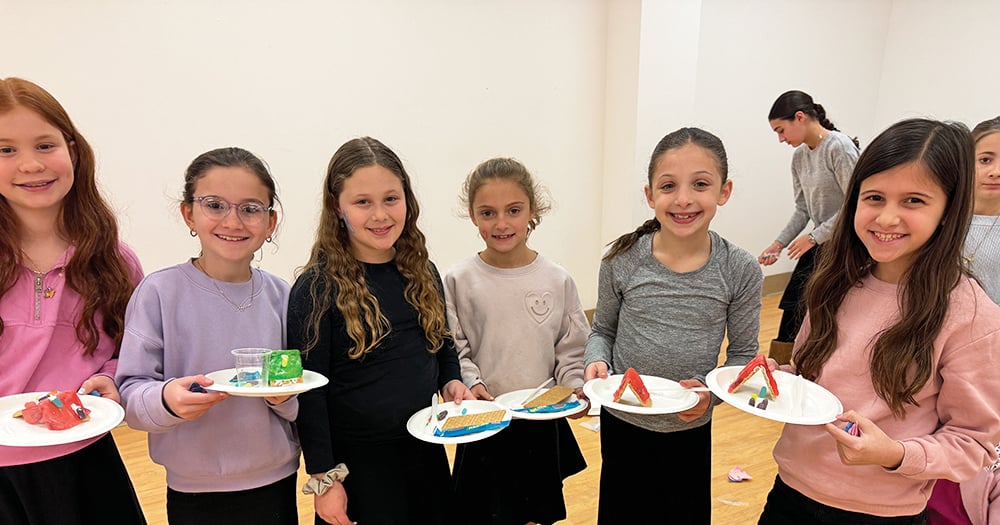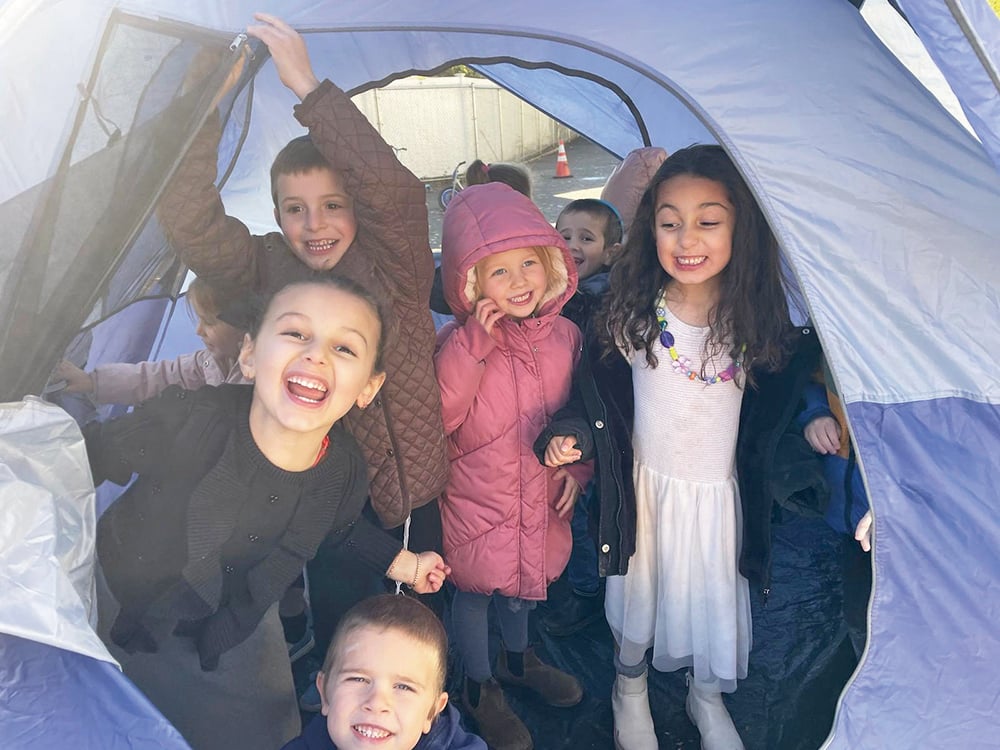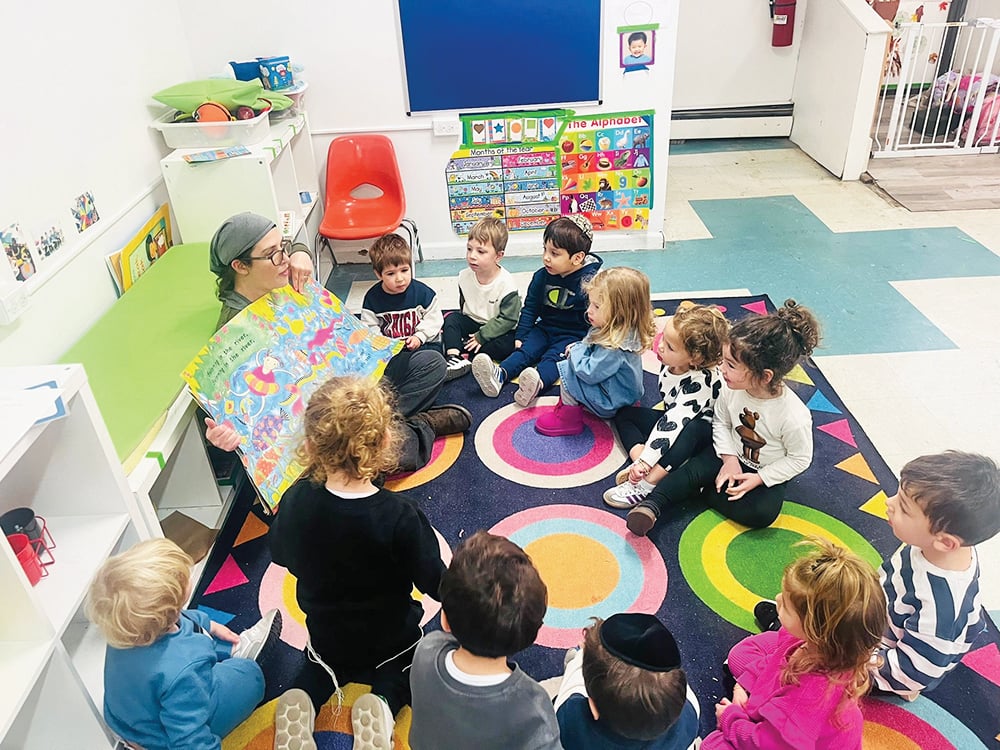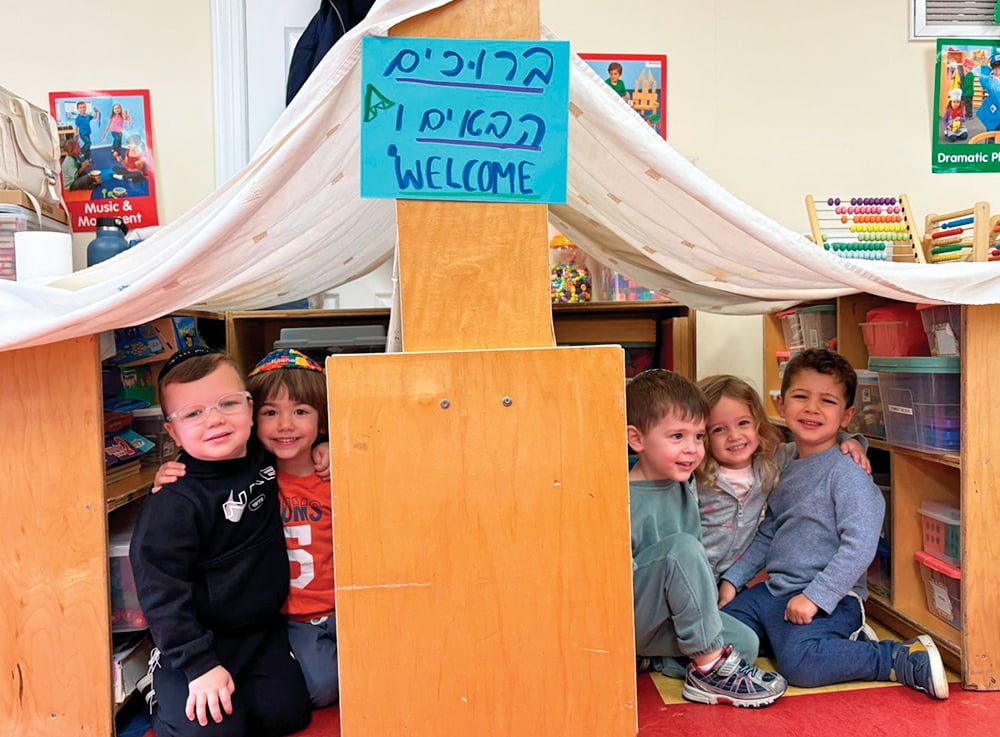Each Sukkos, Rabbi Berel and Esther Raskin would host a big kiddush and Yom Tov get together in their sukkah with an open invitation to their neighbors, friends and the wider Crown Heights, Brooklyn community. The Raskin’s were neighborhood icons; Reb Berel survived the Soviets and Nazis, arrived in New York and built a wonderful life. For over 60 years, their world-famous gefilte fish store and herring business has set the standard as a heimishe success story, and they shared their blessing, joy and success with the community. In the year following the petira of Reb Yankel Lipskar, zt”l, Mrs. Raskin’s father, the family didn’t feel it was appropriate to host the annual gathering; it just didn’t seem right. The family was in mourning and there was a heaviness in the air. They weren’t really “in the mood” for a party; their father so enjoyed participating in the kiddush … he would be so missed. It didn’t seem appropriate to make a whole “to-do.”
When word got to the Lubavitcher Rebbe that the Raskin’s kiddush, which had become a fixture on the neighborhood calendar might be canceled, the rebbe said, “להפך! On the contrary! There must be a kiddush this Yom Tov! If not, Reb Yankel—who left this world and is in Gan Eden—will come to visit your sukkah, as was his custom while alive, and no one will be there saying, ‘l’chaim.’ Not only should there be a kiddush, it should be even more festive and larger than in the past.”
~
Rav Yitzchak Hutner, zt”l, shares a maaseh in the name of the first Gerrer Rebbe, Reb Yitzchok Meir, the “Chiddushei HaRim:”
One Simchas Torah, the rebbe watched two talmidei chachamim dancing, and commented that one would get tired before his friend did and need to stop and rest. Indeed, that is exactly what happened; one of the friends ran out of steam, while the other continued to celebrate and dance the hakafos.
Quizzical, the chevra asked the Chiddushei HaRim how he knew that would happen, and what his reason was for mentioning it. “The first Yid,” the rebbe explained, “was dancing for the Torah that he had learned in the past, while the second was dancing for the Torah that he will learn in the future. No matter how great, drawing on that which has already happened is limited by the finite nature of the past. The future, however, has infinite potential, power, possibility and promise for growth and inspiration. If a person’s celebration is tethered to the past—that which has already been determined and defined—the energy will eventually be depleted, leaving the person exhausted. Rooting our simcha in the limitless spiritual opportunities that lie before us makes it inexhaustible.”
(Based on Pachad Yitzchok, Sukkos, 57)
~
Throughout the liturgies of Selichos and Yamim Noraim, we open or close the aron kodesh at various moments—paralleling special openings in the upper worlds that allow our tefillos entry. At certain times, the gates are wide open. The culmination of these weeks of avodah, and marking a year of unspeakable heartbreak and loss as well of faith, resilience and awesome gevura is Shemini Atzeres/Simchas Torah.
Each year, as we dance atop this spiritual peak, the aron and all of the Heaven’s gates remain wide open the entire time, and we declare the ecstatic, ultimate insight, אתה הראת לדעת כי ה׳ הוא האלוקים אין עוד מלבדו—“You have revealed to know that the ineffable, Infinite God is the same One manifest within finite experience; Ein Od Milvado—there is nothing else but Him!” Hashem is God when the gates are open and when they sometimes seem closed; the God of our challenging past and of our bright future of unlimited potential.
And this year, we all are living with this challenge and choice: In the shadow of Oct. 7/last Simchas Torah, how can we dance with unlimited joy? How can we root our avodah on this day in the unbounded nature of the future, when right now our hearts are so broken? But even if this paradox seems impossible and we feel immobilized, there is a way forward; as the Lubavitcher Rebbe said, “We must!”
This Yom Tov—with the heaviness of our collective experience, with tears and with hope and faith in the future—knowing for certain that we are being seen and heard by the Master of the World besides whom there is no other.
The gates of prayer are wide open, and we can address Hashem Yisborach with complete honesty: “Ribbono Shel Olam! How can we dance? Who is ‘in the mood’ for z’man simchaseinu right now? Please grant us expanded consciousness, hope and faith to declare, “להפך! On the contrary! Right now we must sing, dance, celebrate and draw close to You, and each other, like never before!” If not, the souls of our brothers and sisters who were killed al kiddush Hashem will come down into our sukkos and our hakafos, and no one will be saying l’chaim there—giving kavod to their heroic spirit and their gevura, their literal self-sacrifice for our sake! Hashem, there must be a ‘kiddush’ this Yom Tov in our homes—and inexhaustible dancing in the streets of Eretz Yisrael and all over the world!”
“Ribbono Shel Olam! Please give us the strength for this exalted Yom Tov and avodah; may we celebrate like never before—with the gates of our hearts wide open—drawing on the infinite potential of the new Torah of 5785, the Torah of Mashiach, and rejoicing together with You and all of Am Yisrael. May we dance with the clarity of אין עוד מלבדו, with joy for our unlimited future. And may we be zoche to participate in the great kiddush that awaits us with the גאולה השלימה והאמיתית—the complete and true redemption. לחיים!”
Rabbi Judah Mischel is executive director of Camp HASC, the Hebrew Academy for Special Children. He is the mashpiah of OU-NCSY, founder of Tzama Nafshi and the author of “Baderech: Along the Path of Teshuva.” Rabbi Judah lives in Ramat Beit Shemesh with his wife Ora and their family.




